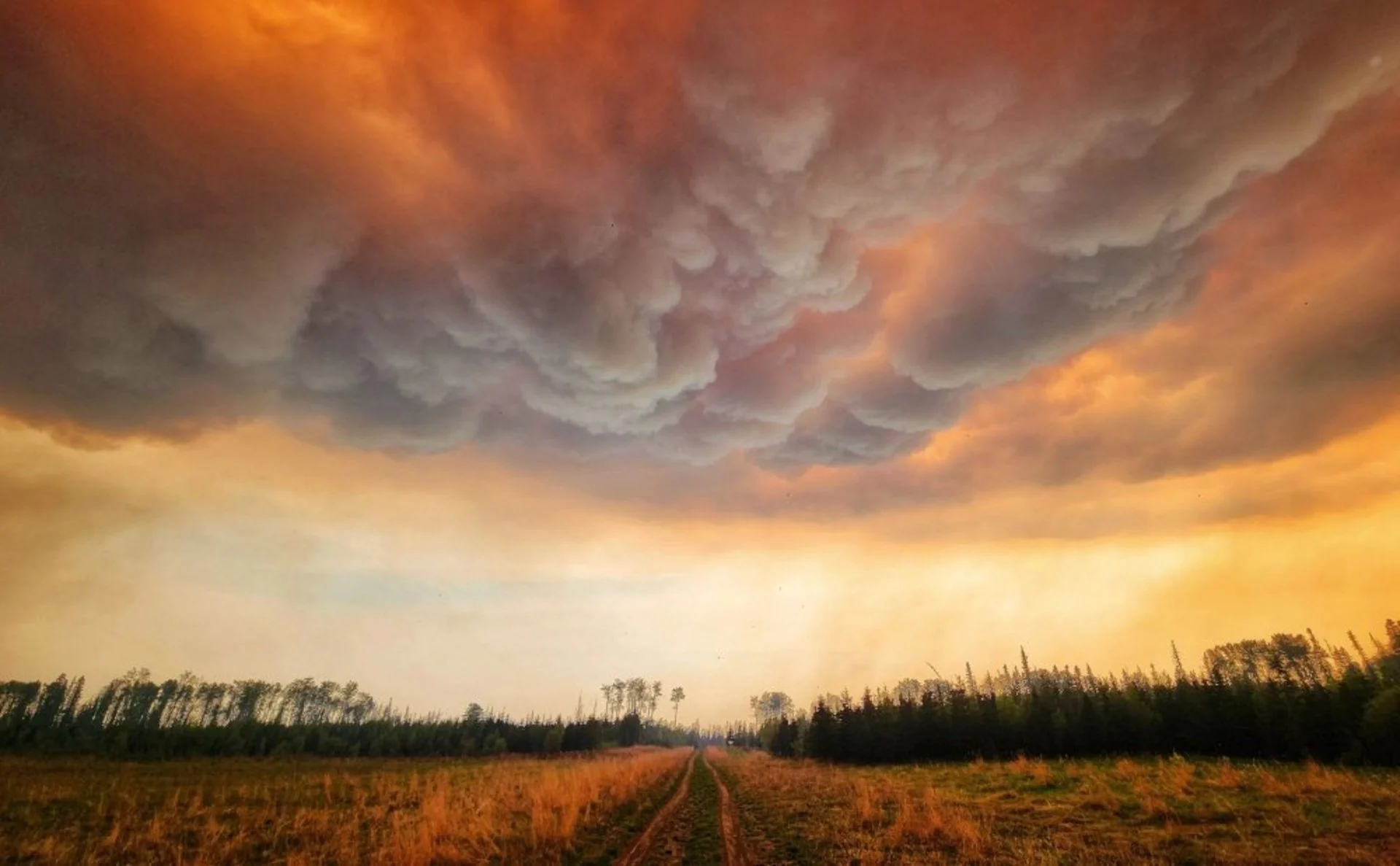
From flames to forecasts: How wildfire smoke affects your weather
Smoke in your forecast? Here’s what that means for your weather.
Smoky skies are an inconvenient reality of Canadian summers. Hot temperatures provide lots of energy in the atmosphere for storms to develop—striking lightning at dry forests full of fuel to feed massive wildfires.
What we need in these times is rain to suppress the fire and dissipate the smoke, but that can sometimes be hard to come by when smoke is mixed in the forecast. Smoky skies can make forecasting more difficult than it already is because they can both hold back and boost stormy weather, and it can be hard to predict which way they're going to go.
SEE ALSO: Why we see floods following fires: A tale of two extremes
The biggest impact smoke has on weather is air temperature. The smoke in the air can reflect incoming sunlight back into space, leading to cooler temperatures. The amount of cooling is related to the thickness of the smoke in the air, which can also impact the amount of thunderstorm energy that can build up during the day.
“This can limit what could have been a very stormy day to more moderate or non-severe storms in certain cases,” says The Weather Network meteorologist Rachel Modestino. “There are also cases where the atmosphere does not need the extra sunlight/thunderstorm energy and becomes severe anyway.”

Wildfire smoke’s complicated relationship with rain
Rainfall is essential to aid battles against raging wildfires, and it can help to clear smoke out of the air by absorbing the particles as the drops fall through the air. On the other hand, smoke in the air can throw a big wrench in the rainfall forecast.
DON'T MISS: This Alberta wildfire was so strong, it generated its own lightning
For clouds to form, water vapour needs to bind to and condense on tiny particles in the air, such as dust. Those particles are called nuclei (nucleus, singularly). The particles that make up wildfire smoke can also serve as additional nuclei for water vapour to bind to. Rain then falls when too much water builds up on the nuclei and becomes too heavy to stay in the air.
“[The smoke] can do one of two things: It can reduce rainfall rates because more vapour is condensing, versus growing and falling as rain,” Modestino says, “Or it can enhance rain, or even help to produce hail because the vapour would grow much faster in environments with higher moisture.”
Stay prepared by checking out The Weather Network’s ‘Fire & Smoke’ map to get a real-time look at the wildfire smoke over North America.
Thumbnail photo taken by Kyle Brittain.
